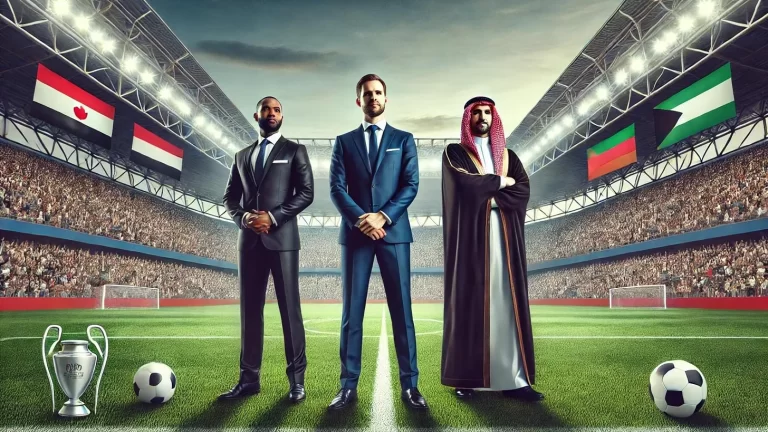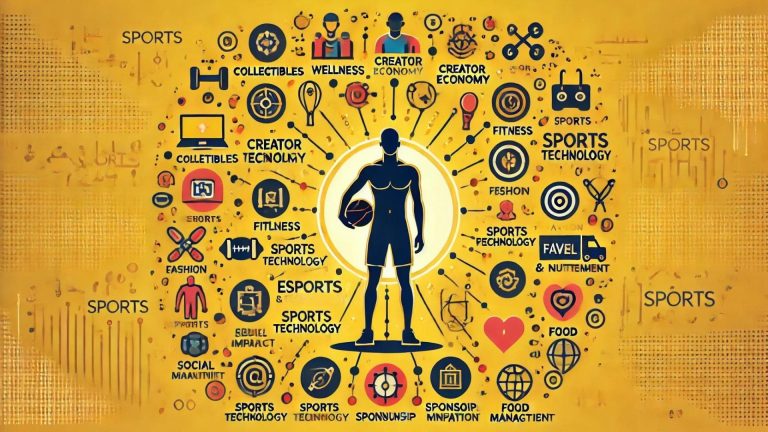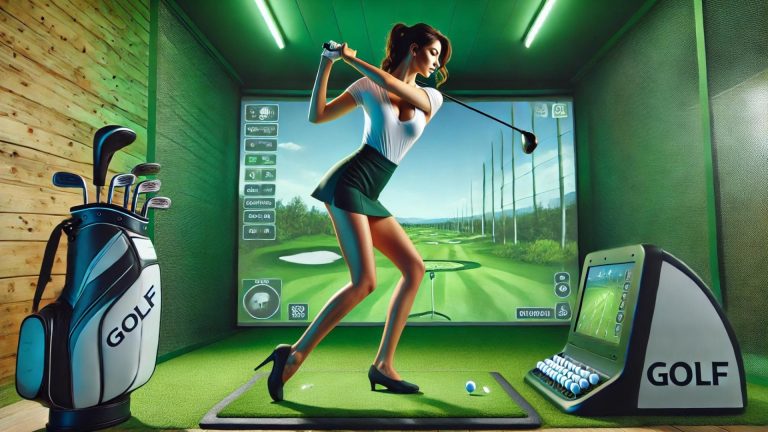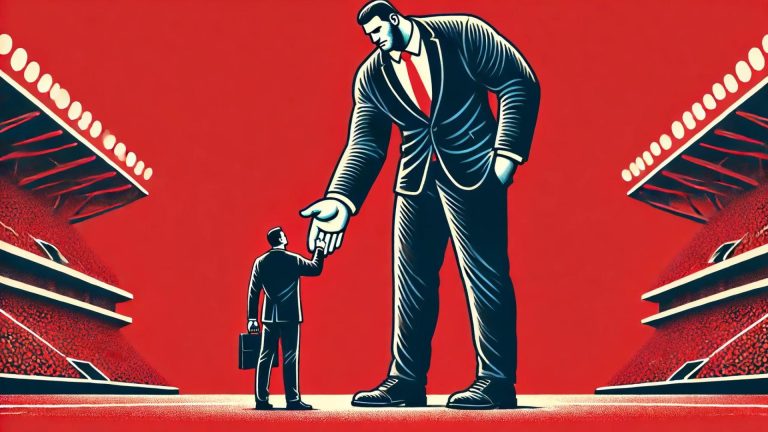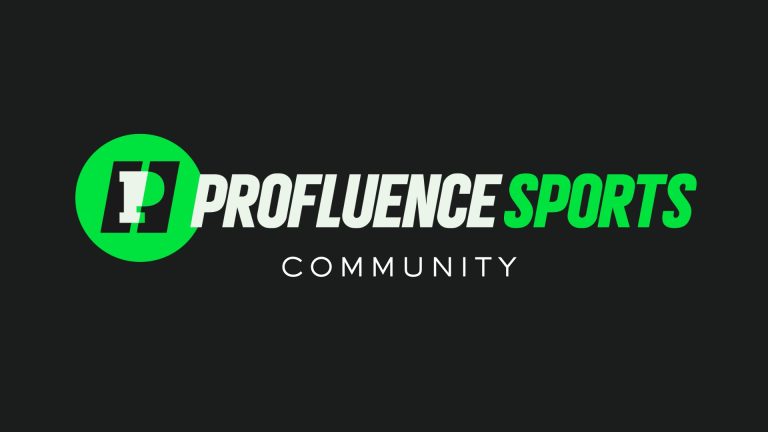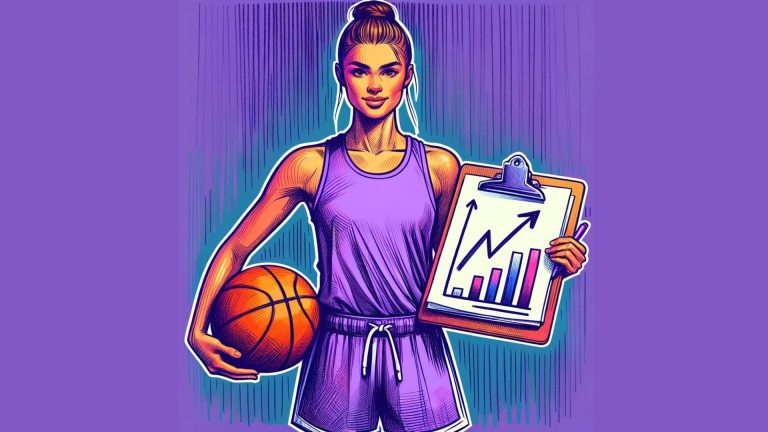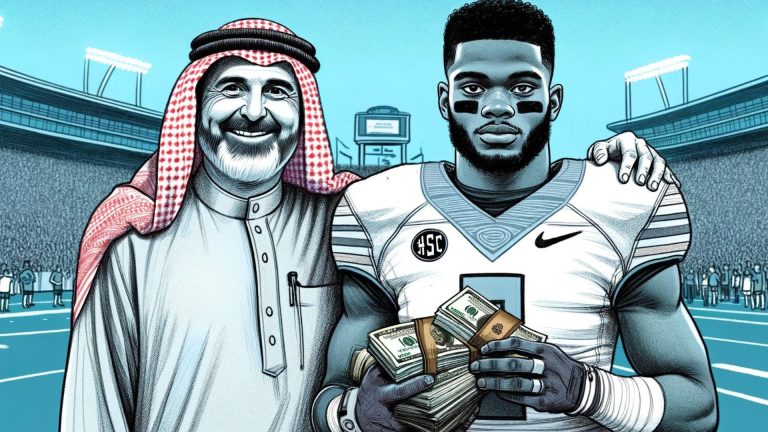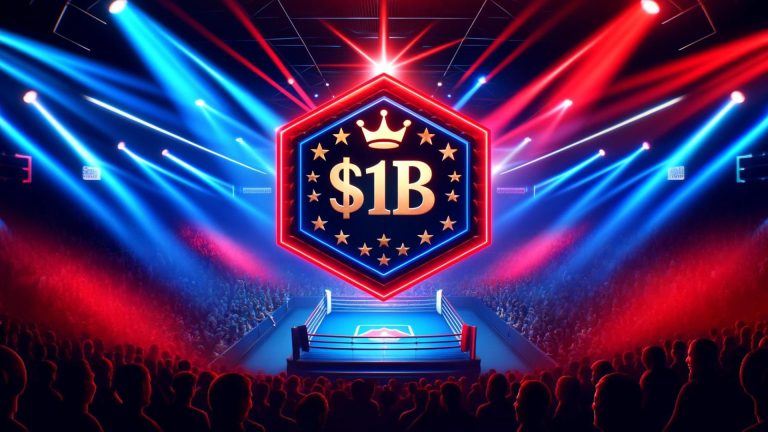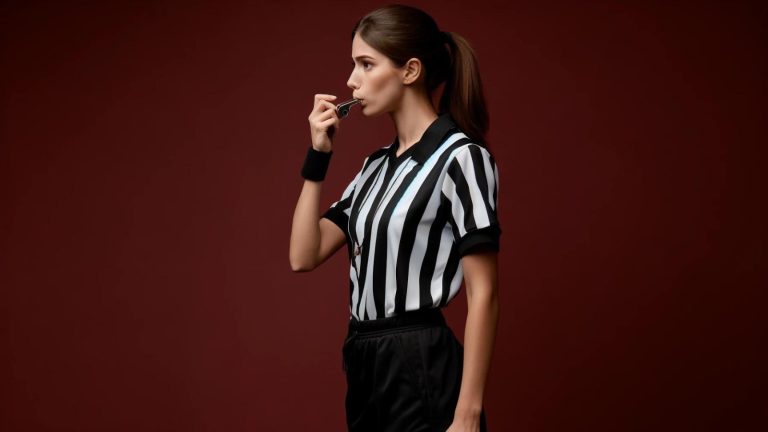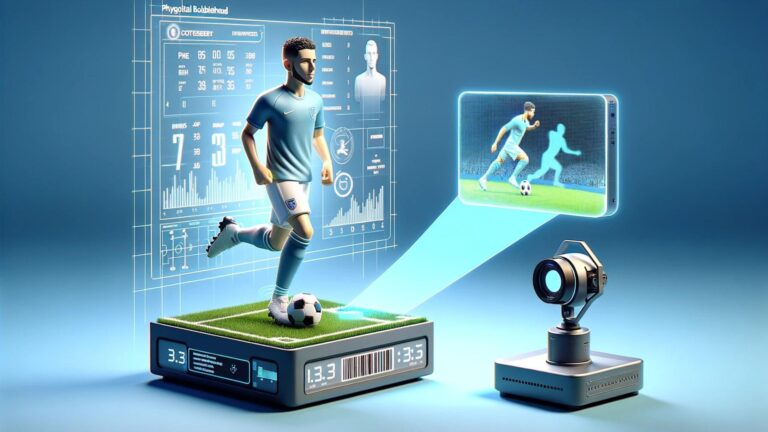Wayne Gretzky: ‘Don’t skate to where the puck is, skate to where it’s going to be’.
We’ve seen social media dominate our attention…
But creator platforms are where the real juice is (and it’s getting interesting as athletes catch on and AI speeds up content creation).
Let’s Dive In 👇
Where It All Started
The evolution of the internet is fascinating — web1 (read), web2 (write), web3 (own).
Especially when viewing it from the creator’s lens…
- 2003: MySpace
- 2004: Facebook
- 2005: Reddit
- 2005: YouTube
- 2006: Twitter
- 2012: Vine
- 2014: TikTok
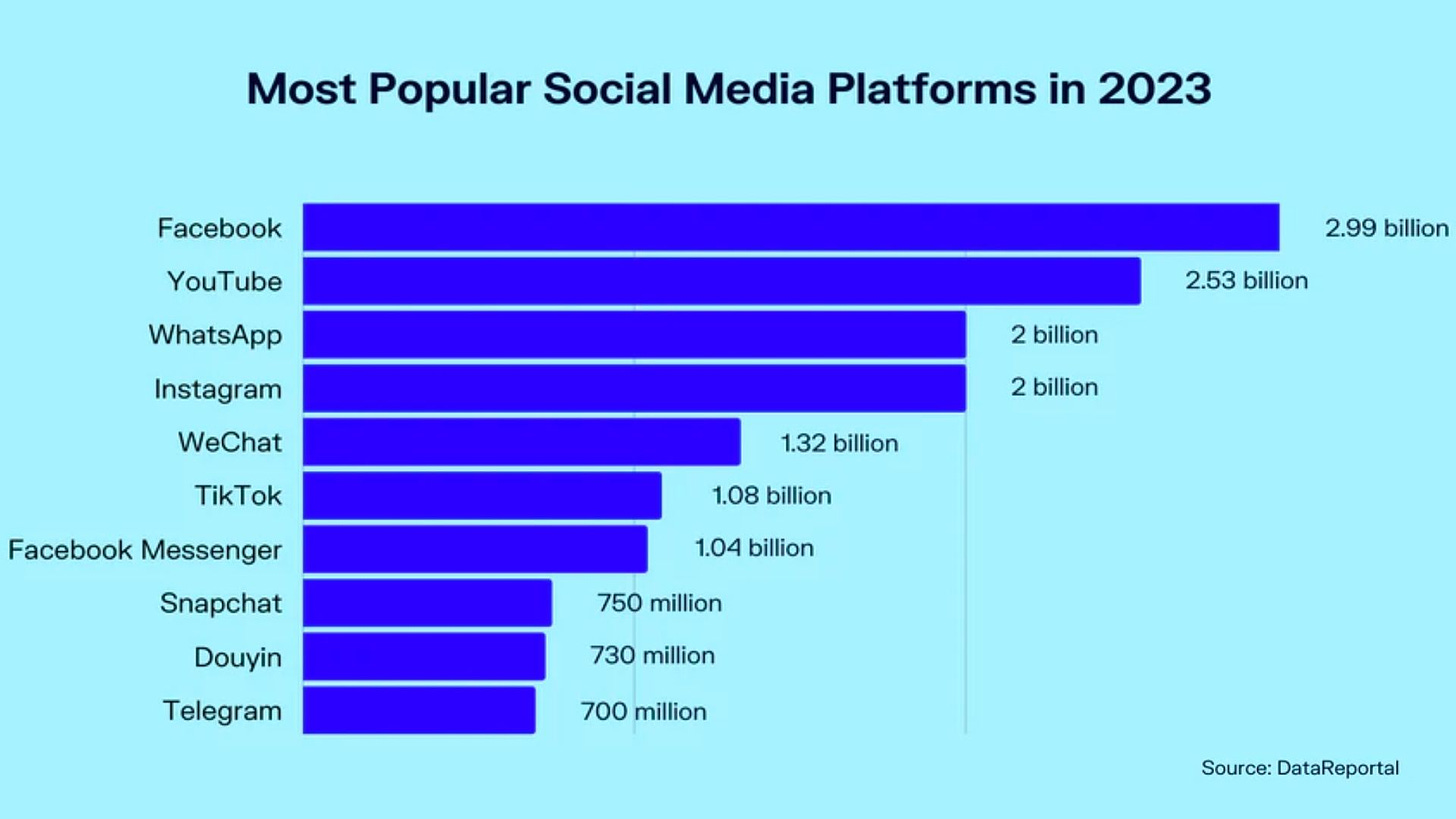
Original social media models weren’t built to make sure creators get their cuts — which has allowed new apps to tap into those market shares.
Think of platforms like Substack, Patreon, OnlyFans, and Twitch (which offer much better revenue-sharing options).
Rise of Bottom Funnels
Social media platforms offer creators broad audience reach, while creators supply platforms with content to engage users on their platforms.
How is this monetized?
- platforms scale w/ advertising
- creators get some ad revenue but massive reach (avg. creator makes 5% of total revenue from social media ads)
The real opportunities for brands are using social media as top-of-the-funnel advertising and building products downstream…
Barstool Sports is the best example:
- minimal money from ads
- ~$10 million from live events
- ~$60 million from merch sales
- Pink Whitney vodka: $50+ million in gross sales/year
- Rough N’ Rowdy boxing: Each event generates ~$1-2 million in PPV revenues
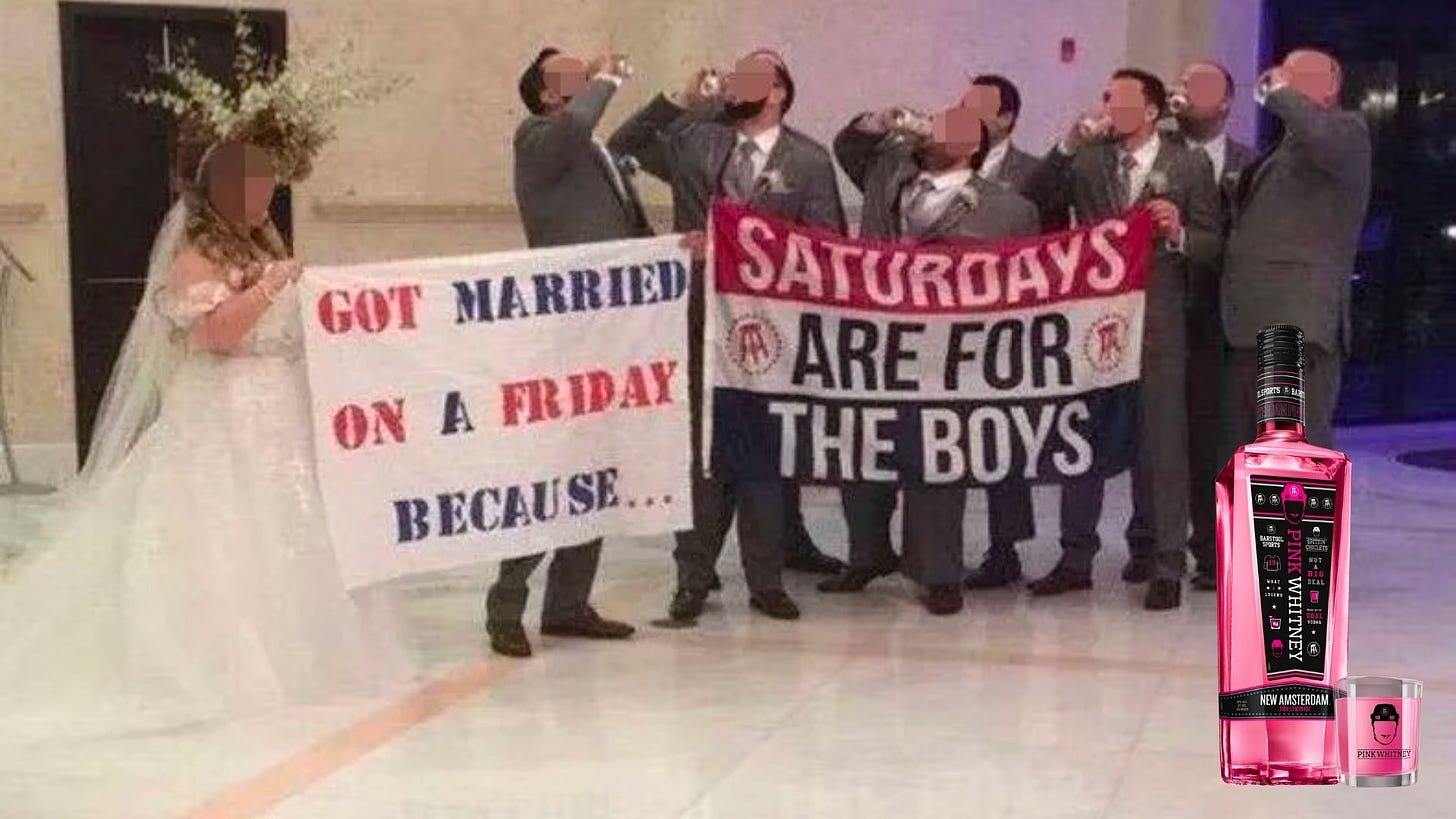
And now things are getting even more niche…
- Venture studios are being formed to “create” products and businesses for athletes, influencers, and celebrities. OnCore Innovations launched a venture studio to create golf products.
- “Creator Competitions” are emerging as a new format to drive revenues, pay-per-view, ad dollars, and even raise capital at premium valuations. Jake Paul and Logan Paul have popularized the creator x sports model.
The worlds of traditional sports and digital/social entertainment are merging.
Traditional sports are using “top-funnel” storytelling to engage new audiences and drive viewership to live games.
**Complete side note here**
Don’t forget…Social media is often very shallow (and it can be soul-crushing work to gain a following).
Having worked with many so-called “influencers” — which I label as people who try to become known to the world through social media — many of them are lonely, broken, and not the person you see behind the millions of followers.
But athletes are usually different…
Most of them got big because of who they are/were on the court or field.
This is great because “FANS will always be far more valuable than FOLLOWERS”.
Striving for Community
One of my main takeaways in the creator space is that people are striving for community.
I believe that’s a large reason why NFTs and Discord servers got hot over the last few years.
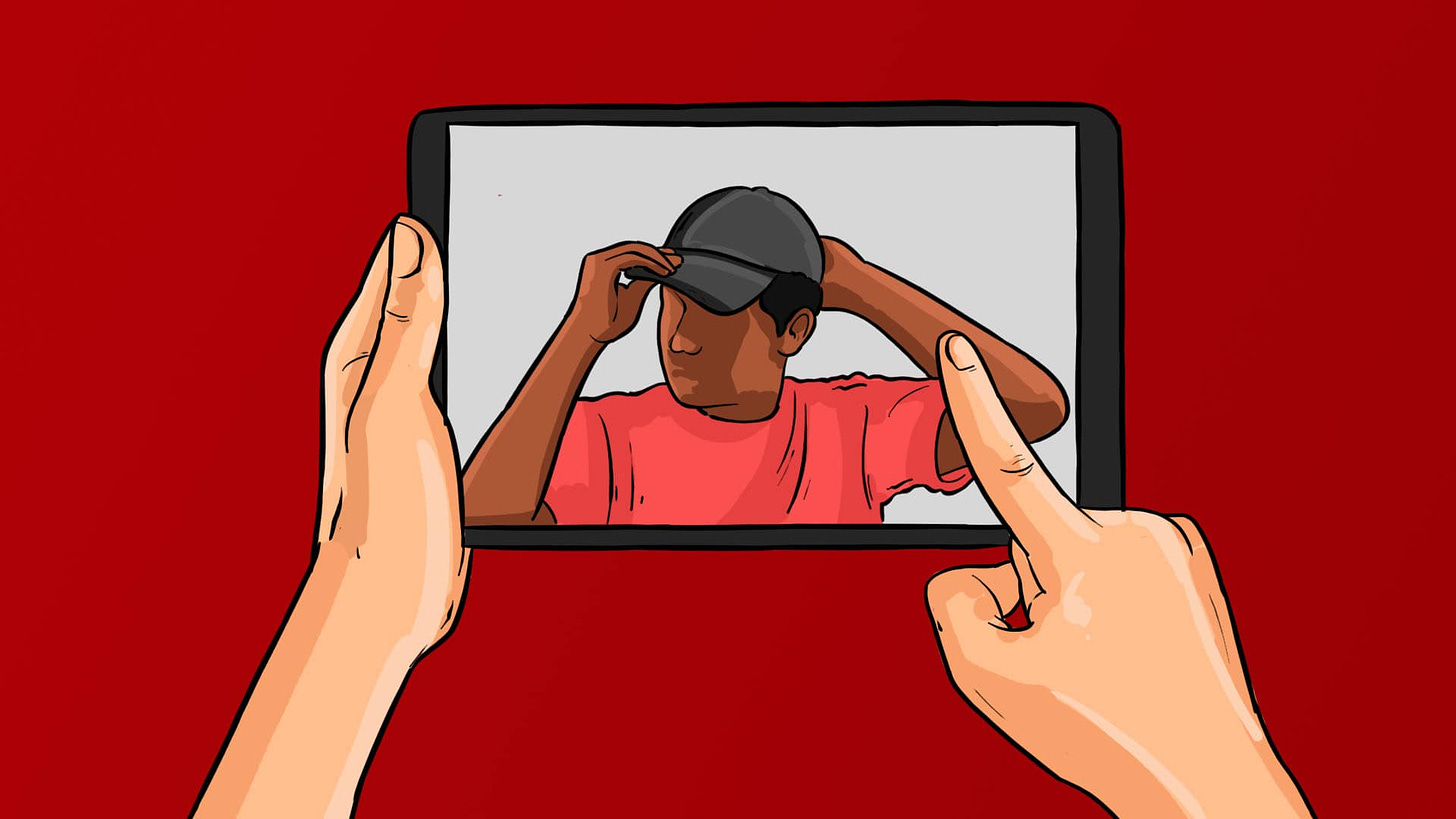
It’s not enough to:
- watch a player on TV
- order a personalized video via Cameo
- see them in the locker room on social media
We want true connection — playing a video game with an athlete, hanging out on the field, being in group threads, and potentially even doing a workout alongside them.
I know there are a lot of creator apps out there…
But someone will nail the deeper connection better and it will be a $1B+ company.
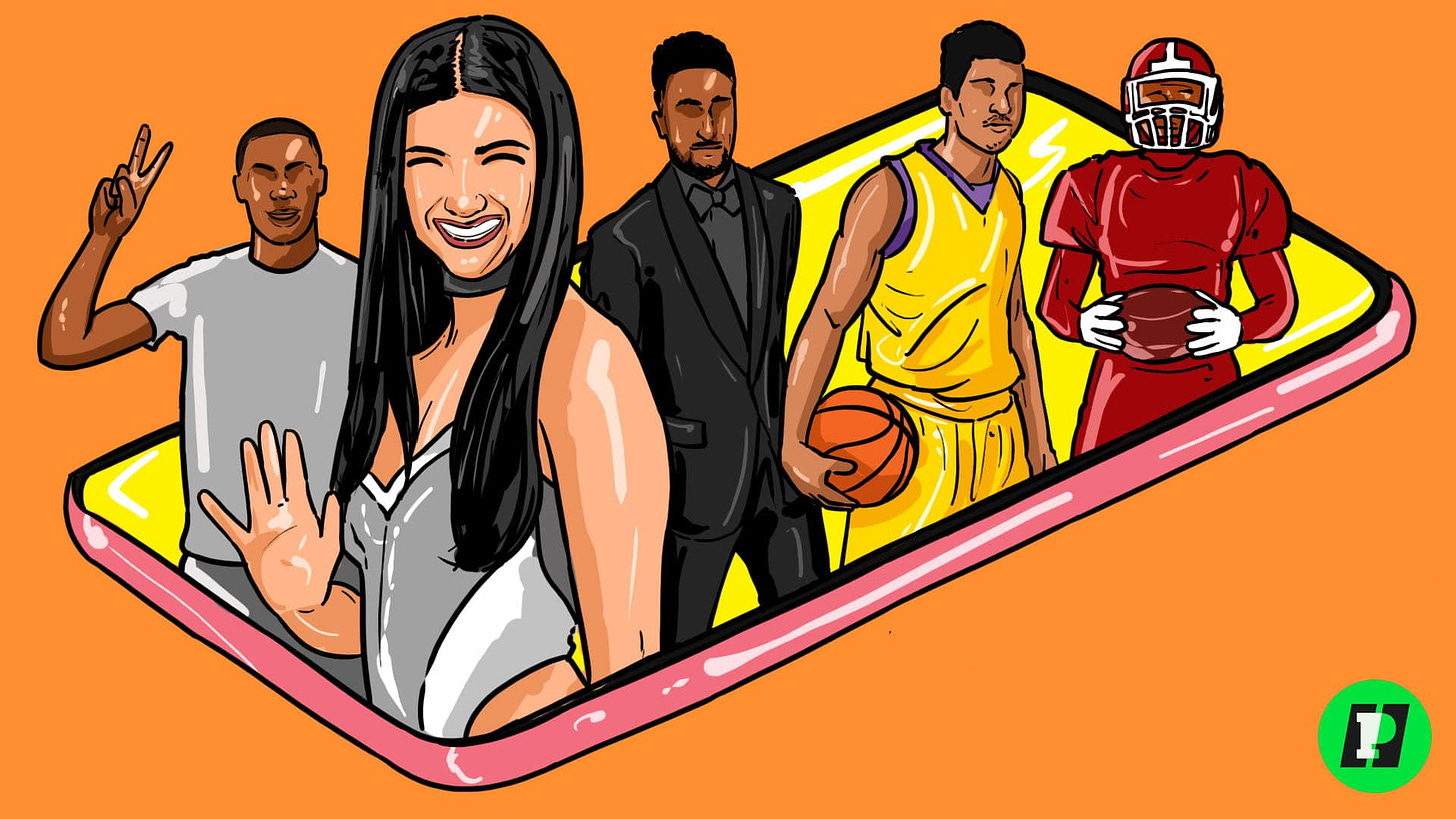
The only problem with the athlete piece of this equation is…
Most of them are so rich from playing a sport…that there’s little effort put into making a few million more by building deeper connections with fans.
And that leads me to an interesting topic at the intersection of sports and creators…
AI for Community Building
Cameo showed the way to connect deeper with the people we follow on social media.
But with AI…this is about to be taken to new heights.
I expect to see:
- entire social media pages run by AI automation
- fan engagement-type videos with our favorite athletes
- machine learning messages that auto-respond in the correct way
There is a massive opportunity around this — not even to mention all the cool things you can do to optimize data.
Athletes Come First
The model for GenZ can be simplified down to:
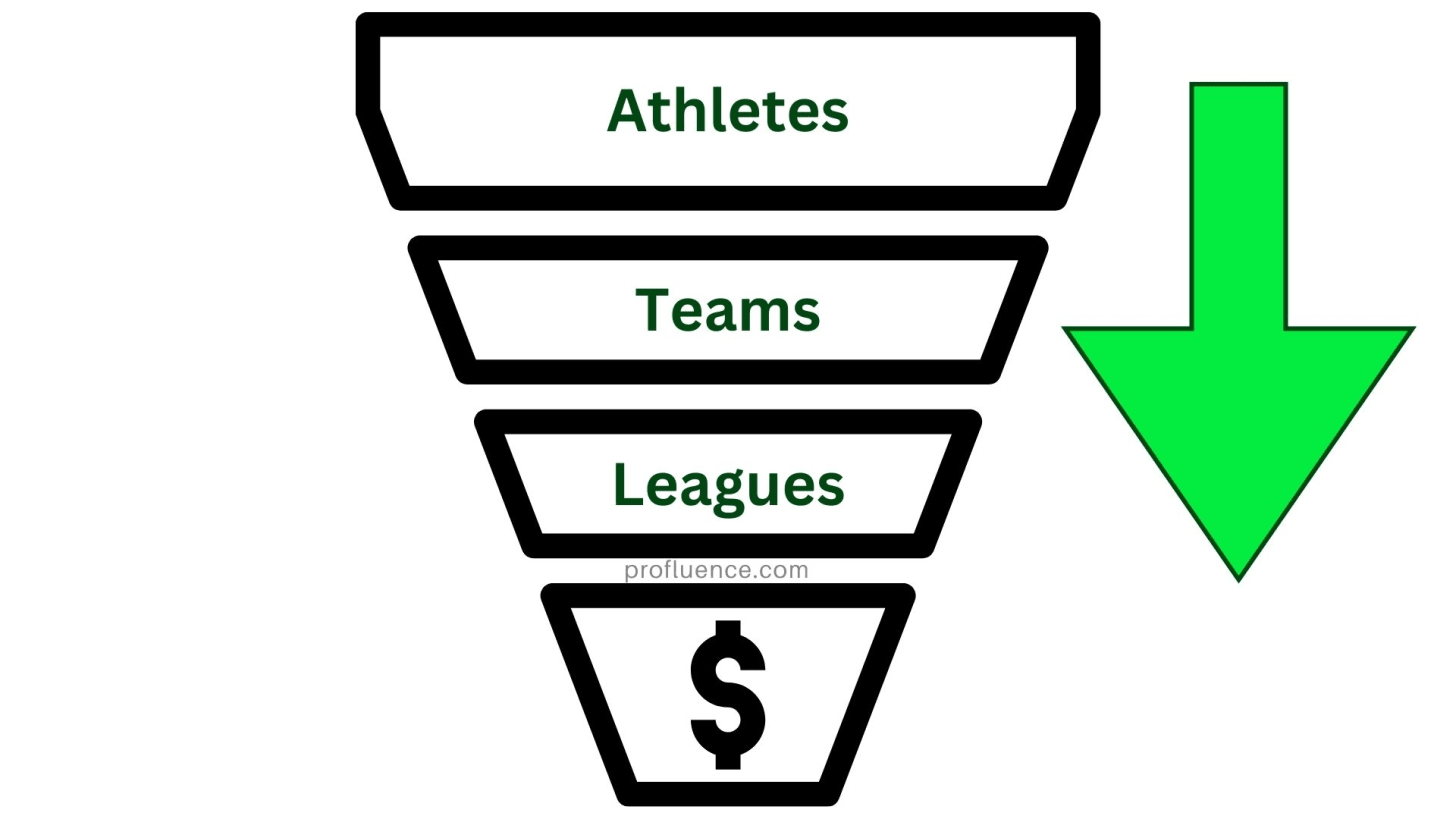
Younger fans follow athletes first, then teams, and finally following leagues — they want that one-to-one connection.
I watched this interview where a GenZ fan shared why they aren’t drawn to hockey…
“Hockey players are amazing athletes, but they’re so quiet off the ice…they’re not present on social media, they’re quiet, fans don’t know much about them.”
The reality is that humans strive for deeper connections (and we also love trivia).
Fans desire to know everything about the life of athletes: their wives and boyfriends, dogs, babies, cars, vacations, and all that stuff.
Rounding it Out
The traditional model for successful creators goes like this:
- a few social media platforms
- all social media platforms
- podcast
- merch
- businesses
- investments
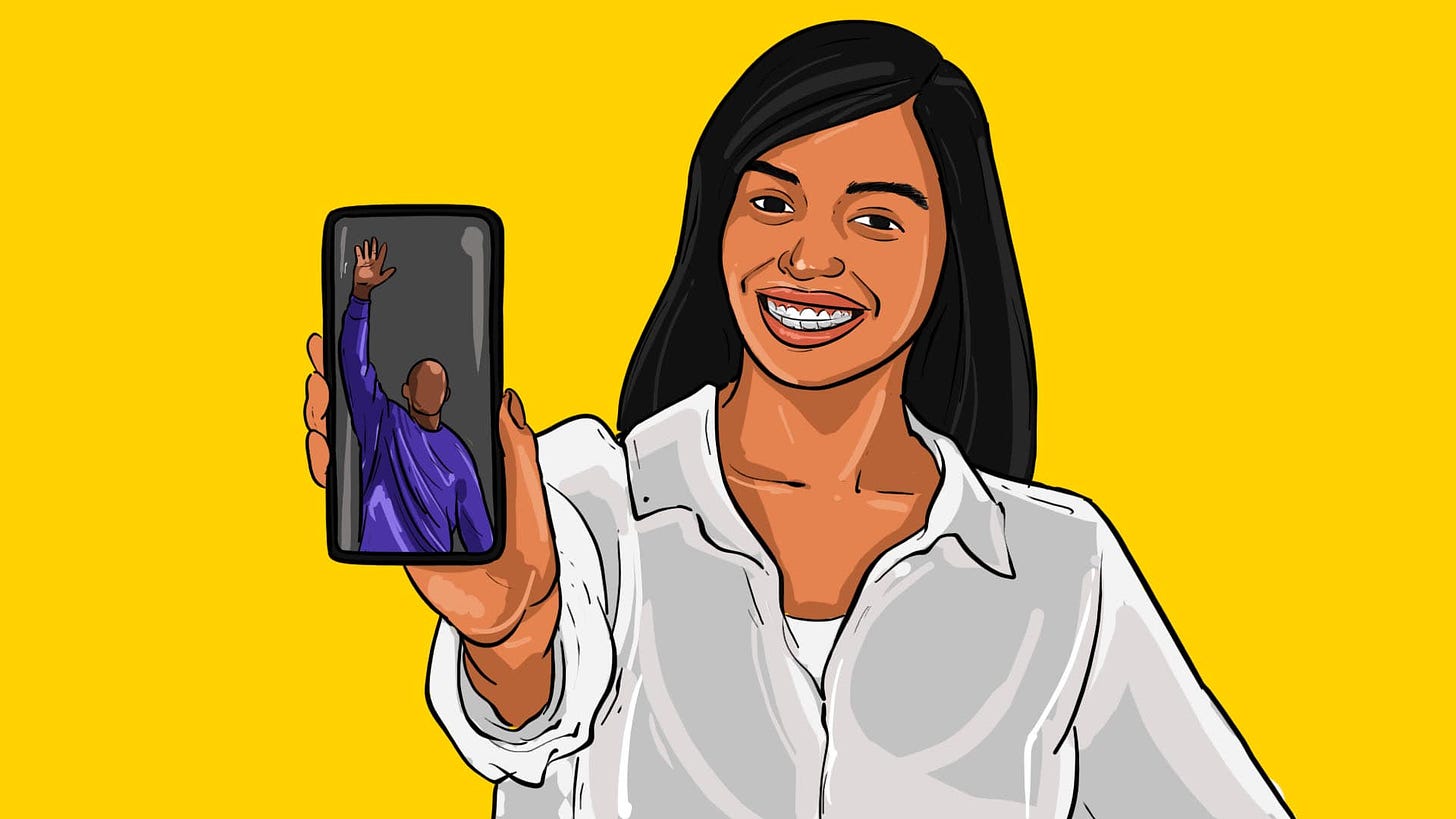
And the ultimate question of all…
If social media disappeared tomorrow, what would a lot of these creators do?
This is why I believe websites (SEO) and emails (ownership) are the best digital assets to own.
What if the internet disappeared tomorrow?
Then I think we have bigger problems to worry about.
